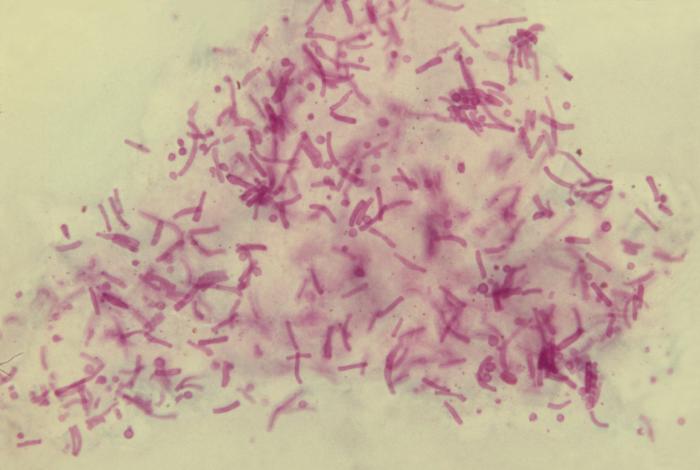9.5: Malassezia globosa
- Page ID
- 123390
Malassezia globosa is a dimorphic yeast (see Fig. \(\PageIndex{1}\))that is the most frequent cause of a superficial skin infection called tinea versicolor that commonly appears as a hypopigmentation of the infected skin. M. globosa is also the most common cause of dandruff and seborrheic dermatitis. The yeast is naturally found on the skin

For a description of antifungal agents used to treat fungal infections, see Chemotherapeutic Control of Fungi in my CourseArc Lecture Lessions.
Medscape articles on infections associated with organisms mentioned in this lab exercise. Registration to access this website is free.
Contributors and Attributions
Dr. Gary Kaiser (COMMUNITY COLLEGE OF BALTIMORE COUNTY, CATONSVILLE CAMPUS)

